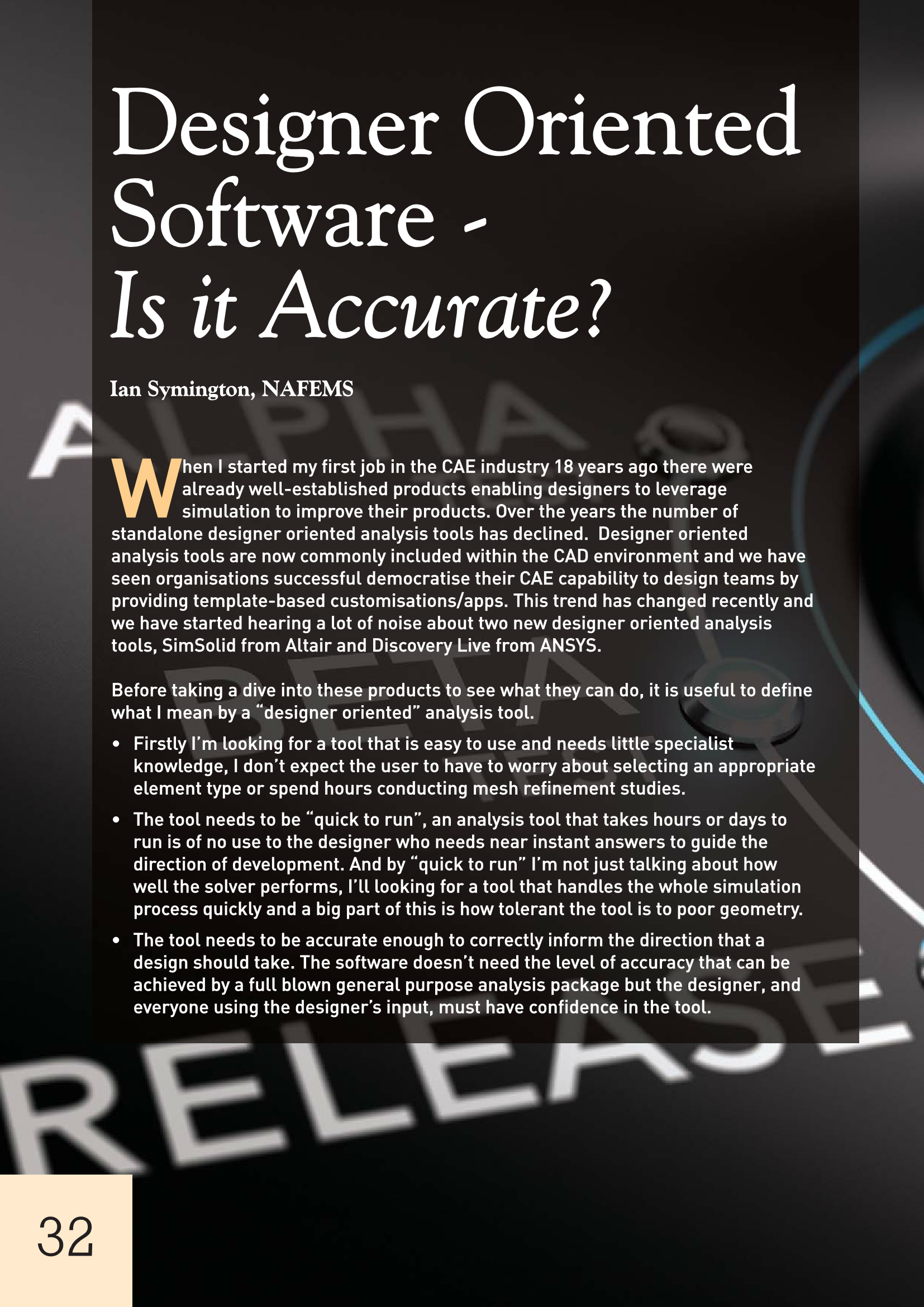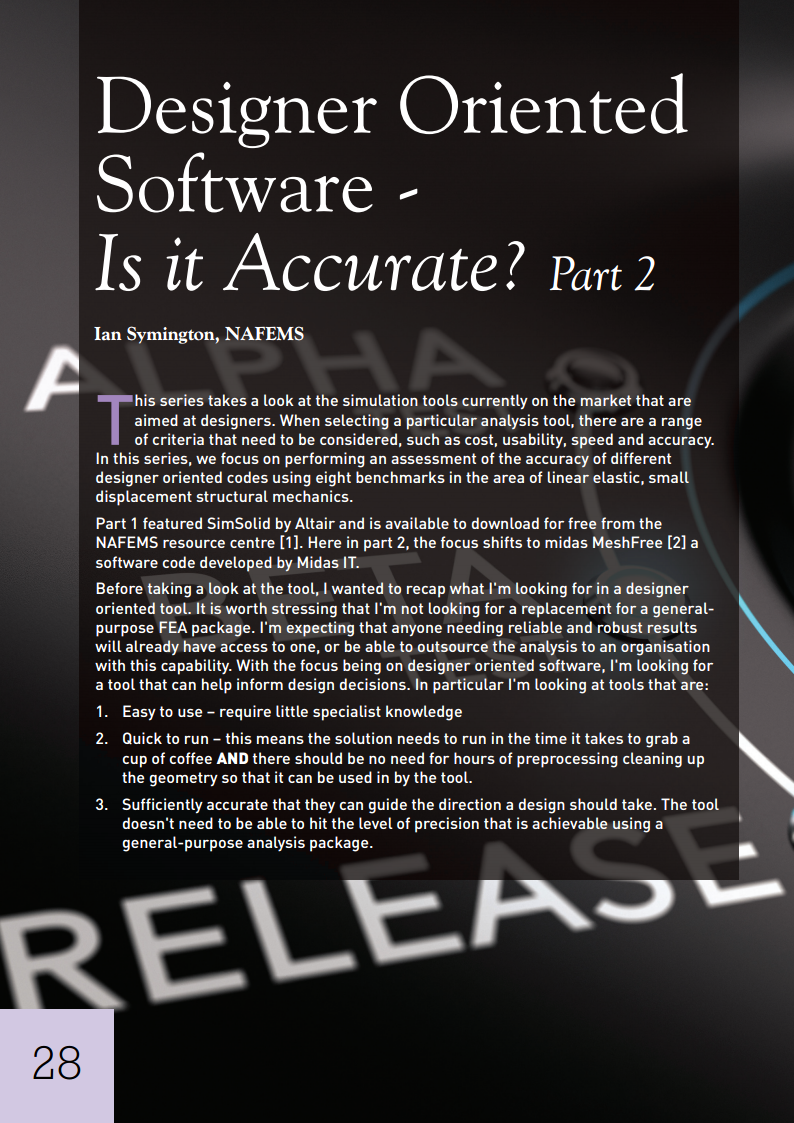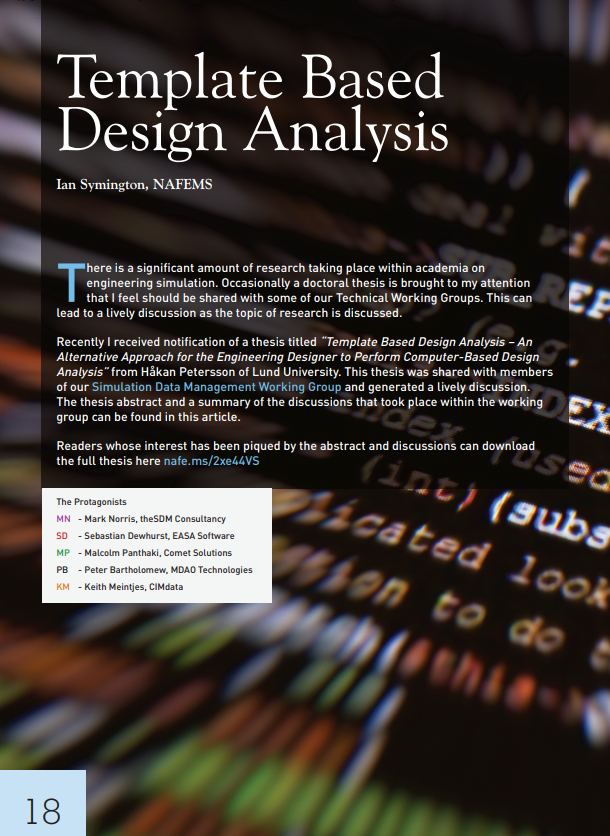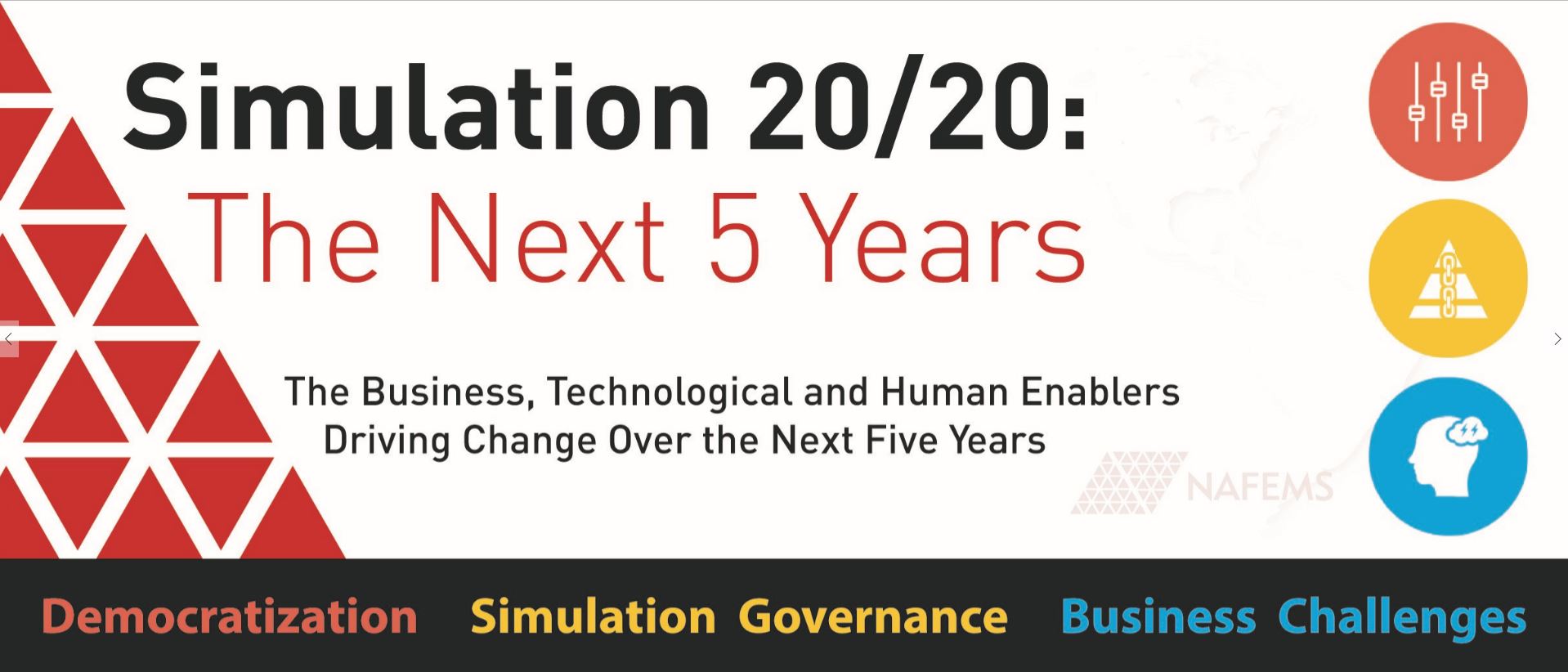Almost all commercial codes now have a user friendly GUI. With each new version released, code vendors are packaging up more and more complex capabilities so that it can be deployed by users to work out of the box on a wide range of use cases. These days you don’t need a PhD to run a simulation code.
Sure, if a critical decision is dependent on the results of a simulation, you want an engineer overseeing the simulation process who has a knowledge of:
- the component/product/system
- an understanding of the physics that underpin the problem
- a comprehension of the numerical methods which simulation tool
But not every simulation is business critical, sometimes we need a quick answer; “Does design option A look better than option B?”. In certain mature simulation domains, it is possible to put simulation capability into the hands of someone whose primary job function isn’t to look at different coloured squares for their living. If you are looking at making high temperature creep rupture lifing predictions, granted, this isn’t a simulation suitable for a novice. But for use cases like linear stress/stiffness, natural frequency, heat loss calcs, it is possible to allow simulation to be used by those who don’t know their newton Raphson from their Rik’s.
There are huge benefits to be obtained by pushing simulation forward in the design process. I don’t care if you want to call this democratisation, designer orientated simulation, [insert new hype term here]. If you can move simulation forward and have it used effectively, you can make better informed decisions and accelerate the design process.
Is the ultimate goal not to have simulation tools so smart and easy to use that the “simulation engineer” role goes away? So we just have engineers who use simulation when and where it is appropriate and are appropriately trained to understand and recognise the limitations of the different numerical methods. I’m being trite - I don’t really think that “simulation expert” will be a redundant role, but I do believe that the role is evolving. We need our analysis experts to identify the areas appropriate for democratisation, develop the methods and training that will be given to the users, and monitor the simulation capability to ensure it is adding value. Let’s not kid ourselves, engineering departments will continue to push the envelope and ask for more complex, never before simulated systems to be modelled. You don’t get out of arranging tets and bricks into complex patterns for 7 hours a day that easily.
How we push simulation forward is an interesting topic and includes technology and educational strands. The technology strand encapsulates how best to push the simulation capability out. Do we use a template/Simulation App approach? Do we take advantage of some of the new tools that are appearing in this area? Or do we give access to full blooded engineering analysis tool kits with comprehensive advice on what can and can’t be done? With all of these approaches the user has to be educated so that they understand the limitations of the method they are using and also educated so that they are aware of their own limitations!
After I had graduated I remember learning the dark arts of structural contact under the tutorage of my long-in-the-tooth head of analysis. I learned:
- what surface to select as my slave/master, if rubber was contacting steel.
- What to do if one surface is context and the other concave
- how to select element formulations that made the whole contact problem converge more easily
- and I learned that if it was 4pm on a Friday and I really needed the model to solve then using penalty contact contact algorithm and setting the contact stiffness to be roughly the equivalent of chewing gum usually did the trick.
- Etc. etc. etc
I enjoyed passing on these golden nuggets of simulation lore to the graduate engineers that followed me. It demonstrated my learned knowledge, the value I’d accumulated. When on one occasion it was pointed out that the default settings worked just fine I picked over the model looking for a fault but no it seemed the results were fit for purpose. I’m not suggesting that all structural contact problems are now easy to run, I’m just making it clear that things move on, progress gets made. The natural inclination is for us to put up barriers that prevent others from entering our area of expertise (those lawyers don’t half like using complicated language). While some of the old guard will naturally be reluctant to see simulation pushed out to engineers whose primary job isn’t to do analysis I don’t see this attitude reflected across the simulation industry. For those of us who are passionate about simulation and who want to remain technically focused the opportunity to help lead the deployment of simulation out to the design team should not be missed. Far from devaluing the simulation expert’s skill set it should be seen as empowering; a chance to free yourself from the pre-processor, and add value in areas that were previously out of reach.
Ian Symington, Technical Officer, NAFEMS…looking at different coloured squares for a living since 2001







